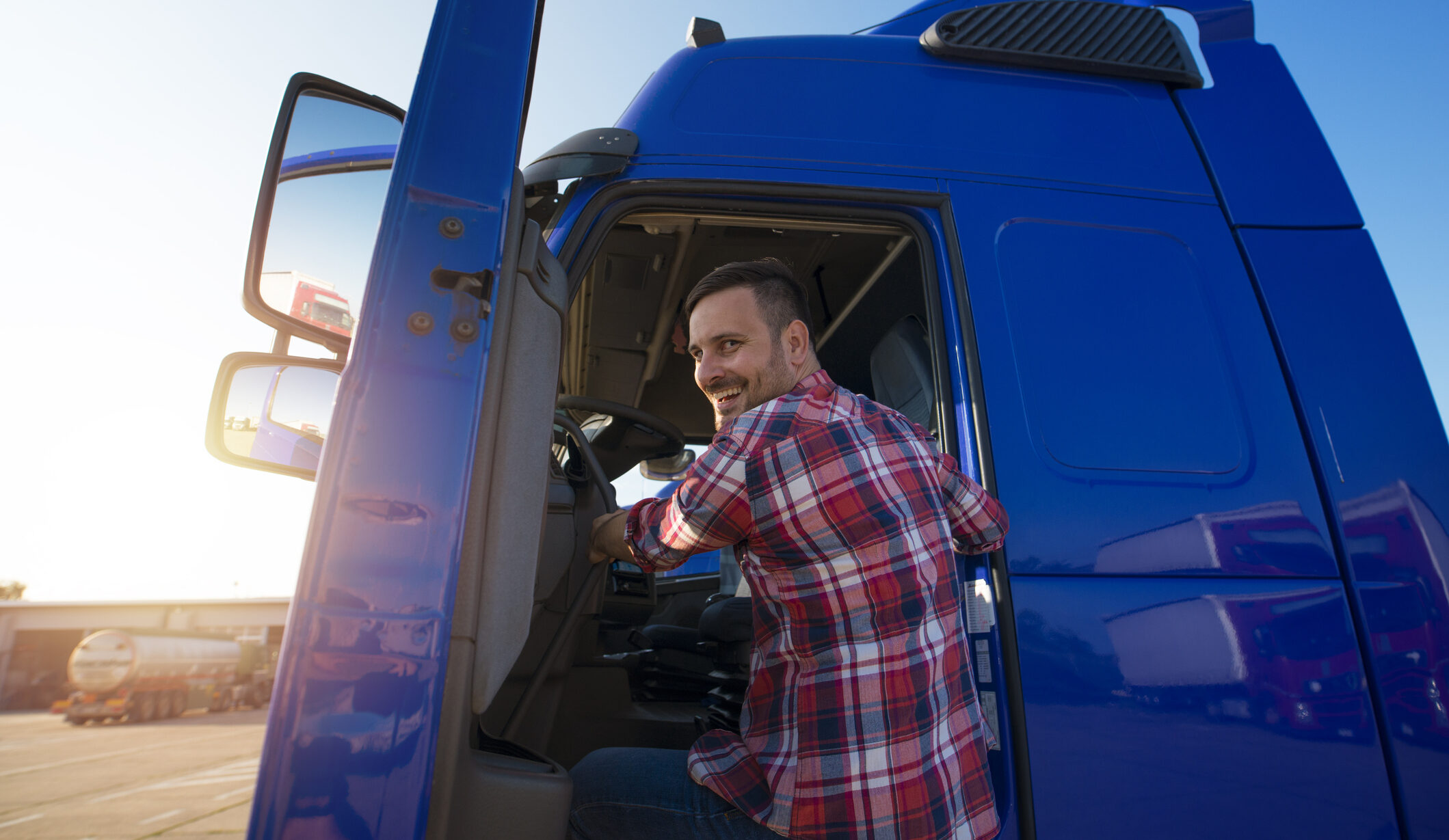Truckers, delivery drivers, farmers, firefighters and workers that drive or ride in large commercial trucks and vans, farm equipment and fire apparatus, regularly injure themselves when entering and exiting their vehicles.
Usually, they get hurt because they are in a rush, are too lazy to use the steps and handhold devices, slip on a wet step or are not paying attention. These falls from trucks can result in strains, sprains, broken bones — and even death.
To avoid these injuries, fleet managers and other commercial vehicle owners need to ensure that their drivers know how to safely enter and exit their vehicles.
One of the most important ways to avoid injury is to ensure your drivers wear shoes with sturdy, non-slip soles and a heel.
Also, maintenance is paramount, which includes cleaning and maintaining the vehicle steps; wet or oily diamond plates can be especially treacherous.
Train your drivers in the following to ensure they enter and exit the vehicle safely:
Entering the vehicle
- When entering the vehicle, face it.
- To enter the left/driver’s side, stand on your left leg and lift your right leg up. You may need to change your hand and feet positions while entering.
- Take hold of the grab bar and use it to help you climb up. If a grab bar is not available, grip the seat or other fixed object in the vehicle. (If grab bars are missing or improperly placed, add one or move it to a safer location.)
- When climbing, keep three points of contact with the vehicle at all times (one hand and two feet, or two hands and one foot). Maintain the three-point rule until you are securely seated or firmly on the ground.
- Don’t grab the steering wheel unless it is locked; it can turn and throw you off balance.
- Don’t grab the door or handle; the door can swing out and cause you to fall.
- Only climb on dedicated stepping areas; fuel tanks and fenders can be slippery.
- In hot and cold weather, wear gloves to help you grip hand railings.
How to exit
To exit the vehicle, examine the ground before you step out. Look for ice, water, cracks and uneven surfaces.
Turn and face the inside of the vehicle and step down backward while holding on to the grab bar or other stable surface. Use all of the steps until you reach the ground.
Never jump down or “fall” down forward out of a vehicle; you can catch your clothing on the door handle, seat adjustments, seat belt, etc., causing a serious, uncontrolled fall.
Jumping increases the force and strain on your bones and joints (mostly ankle, knee and back).
For example, in a cab-over-engine tractor, jumping from the top step can apply 7.1 times your body weight to your back and leg joints (1,420 pounds of force for a 200-pound person).
Jumping from a delivery step-van with a package in hand causes an impact of 3.5 times the body weight plus package weight.
Just like falling off the vehicle, those who jump could suffer sprains, broken bones, or worse. Climbing down safely can save you pain and time in the long run.
